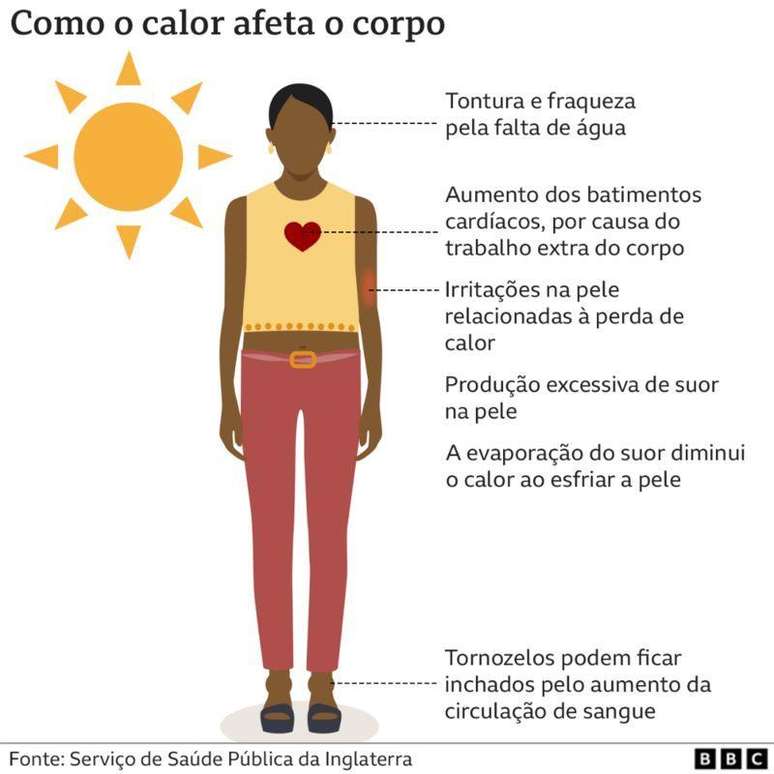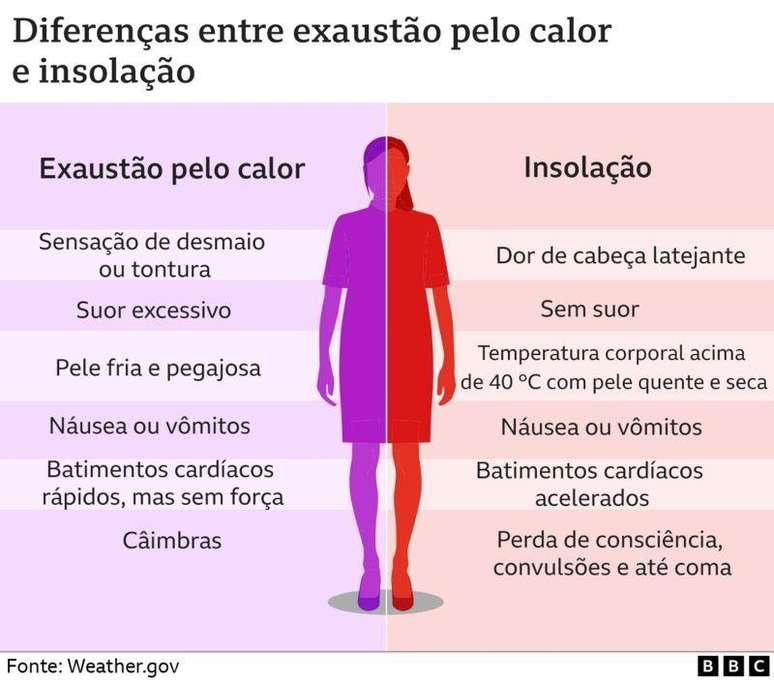Ana Clara Benevides Machado suffered cardiorespiratory arrest due to the extreme heat, was taken to hospital, but died a few hours later.
The cause of death of Ana Clara Benevides Machado, the Taylor Swift fan who died after falling ill at the singer’s concert in Rio de Janeiro, has been confirmed as thermal exhaustion, according to the autopsy report published Wednesday by TV Globo (12/12 ). 27).
The 23-year-old college student was among the 60,000 people who were at Engenhão Stadium to watch Taylor Swift perform on November 17.
At that time, the city was experiencing a heat wave, the temperature of the day exceeded 40ºC in Rio, but with a much higher thermal sensation, of almost 60ºC, according to measurements carried out by the City Hall at the Guaratiba station, in West. Area.
Ana Clara was watching the show in one of the busiest seats in the stadium, on the railing that separates the audience from the stage, and suffered a cardiorespiratory arrest. She was taken to hospital, but died a few hours later.
According to the Legal Medical Institute report accessed by TV Globo, the student was exposed to extreme heat in the stadium and suffered thermal exhaustion which caused cardiovascular shock and severe lung damage.
The document also highlights that Ana Clara’s death was caused by rupture of the blood vessels that irrigate the lungs (alveolar hemorrhage) and paralysis of several organs due to exposure to heat (polyvisceral congestion).
The Rio police are investigating the case and are evaluating whether those responsible for the show have any responsibility for what happened.
Representatives of T4F, the company that organized Taylor Swift’s performances in Brazil, will now be called to testify.
T4F said in a press statement about the case that it distributed water to the public and did not prevent water from entering the stadium in disposable cups.
He also added that Ana Clara was “promptly assisted by rescuers and taken to an intensive care ambulance, accompanied by doctors to the hospital so that she could receive treatment.”
He also stated that he had never been involved in a “tragic episode like the one that happened in Engenhão, resulting from a climatic factor” in 40 years of operation.
But what exactly is thermal exhaustion, what are the causes and symptoms and what can be done to avoid it or prevent this condition from leading to someone’s death?
What is thermal exhaust?
Very hot climate, lack of ventilation, tight clothing, rigorous exercise. All this somehow contributes to an increase in body temperature.
If this is not controlled properly, it can pose a serious health risk.
Thermal exhaustion occurs when the body overheats, usually in hot environments.
When the body warms up, blood vessels dilate.
This leads to lower blood pressure and makes it harder for the heart to push blood through the blood vessels.
If the body heats up and reaches 39°C or 40°C, the brain sends the command to the muscles to slow down. Fatigue sets in.
If the body temperature exceeds 40°C, the ability to cool down is lost and this can even be fatal.
Between 40°C and 41°C heat exhaustion is likely; above 41°C the body begins to shut down.
In this phase, chemical processes are compromised, cells deteriorate and there is even the risk of multiple organ failure.
At this time the body can’t even sweat because the blood flow to the skin is cut off, making it cold and clammy.
Heatstroke – which can occur at any temperature above 40°C – requires professional medical attention and, if not treated immediately, your chances of survival may be slim.

What are the symptoms of heat exhaustion?
Initially, this condition may cause mild symptoms, such as itching, skin irritation, or swollen feet, because the blood vessels become more permeable.
The body reacts to the increase in temperature by increasing blood flow to the skin.
This, in turn, “transfers” heat from inside the organism to the surface.
This process is also linked to the accelerated production of sweat, which evaporates and cools the body.
But this excessive sweating also leads to the loss of liquids and mineral salts, which affects the balance of these substances.
These factors, combined with reduced blood pressure, can lead to heat stroke. Symptoms include:
- Dizziness
- Nausea
- Fainting
- Confusion
- Cramps
- Heachache
- Intense sweating
- Tiredness
If blood pressure drops too much, the risk of heart attacks also increases.

Why does the body react this way?
Our body struggles to maintain an internal temperature close to 37.5°C, both during a snowstorm and during a very hot situation.
This is the ideal temperature for the body to function properly.
But when the weather gets hot, our cells have to work harder to keep our core temperatures low.
It is then necessary to further open the blood vessels close to the skin to disperse the heat around us and start the sweating process.
As sweat evaporates, there is a dramatic increase in heat lost through the skin.
George Havenith, professor of Environmental Physiology and Ergonomics at Loughborough University, UK, says that the humidity of the air is crucial in determining how much we can sweat.
If the humidity is high our ability to sweat is compromised and this increases discomfort.
But if the weather is hot and dry, sweating can help.
“We can evaporate a lot of moisture through our skin, but we also have to produce sweat,” says the professor.
“This means having the ability to sweat quickly, but people may be limited by the amount of sweat they produce.”
In this sense, those who run at around 15 km per hour in temperatures up to 37°C should produce four liters of sweat per hour.
Who is most at risk?
People over age 60 or those with certain long-term conditions, such as heart disease, may have a reduced ability to cope with the strain that heat places on the body.
Diseases such as diabetes can cause the body to lose water more rapidly.
Additionally, some complications of this disease affect blood vessels and the ability to sweat.
Children and people with mobility difficulties may also be more vulnerable.
Brain diseases such as dementia leave people unaware of the heat of the moment or make them unable to do anything about it.
Homeless people are more exposed to the sun and, therefore, to the risks of extreme heat.
Those living in apartments on the top floors of buildings also face higher temperatures.
What to do in case of thermal exhaustion
- If the affected person’s body can be cooled in about half an hour, heat exhaustion is usually not that serious.
- The first step is to move it to a cool, shaded place.
- Then, ask her to lie down and leave her feet slightly raised (with the support of some object).
- The next step is to drink lots of water. Isotonic and sports drinks are also good options.
- Cool the person’s skin: spray or rub cold water.
- Make sure the room is ventilated. If possible, use fans and fans.
- Apply cold compresses to your armpits or neck.
- If after all these measures the person does not feel better within 30 minutes, it is a case of heatstroke.
- Treat the situation as a medical emergency and seek emergency care as soon as possible.
*With reporting by James Gallagher, from BBC News.
Source: Terra
Ben Stock is a lifestyle journalist and author at Gossipify. He writes about topics such as health, wellness, travel, food and home decor. He provides practical advice and inspiration to improve well-being, keeps readers up to date with latest lifestyle news and trends, known for his engaging writing style, in-depth analysis and unique perspectives.






-1je9vy4473ho3.jpg)


